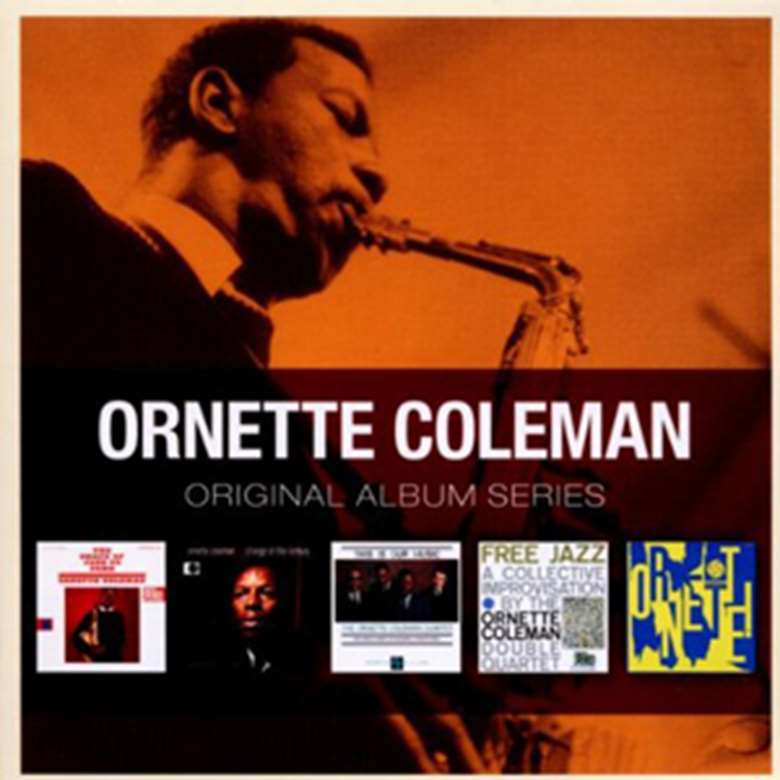Ornette Coleman Original Album Series ★★★★★
Friday, October 9, 2015
Including: The Shape Of Jazz To Come/Change Of The Century/This Is Our Music/Free Jazz/ Ornette! Atlantic/Rhino Ornette Coleman (as), Eric Dolphy (b clt), Don Cherry, Freddie Hubbard (t), Charlie Haden, Scott LaFaro (b), Billy Higgins, and Ed Blackwell (d).


Register now to continue reading

Thank you for visiting Jazzwise.co.uk. Sign up for a free account today to enjoy the following benefits:
- Free access to 3 subscriber-only articles per month
- Unlimited access to our news, live reviews and artist pages
- Free email newsletter